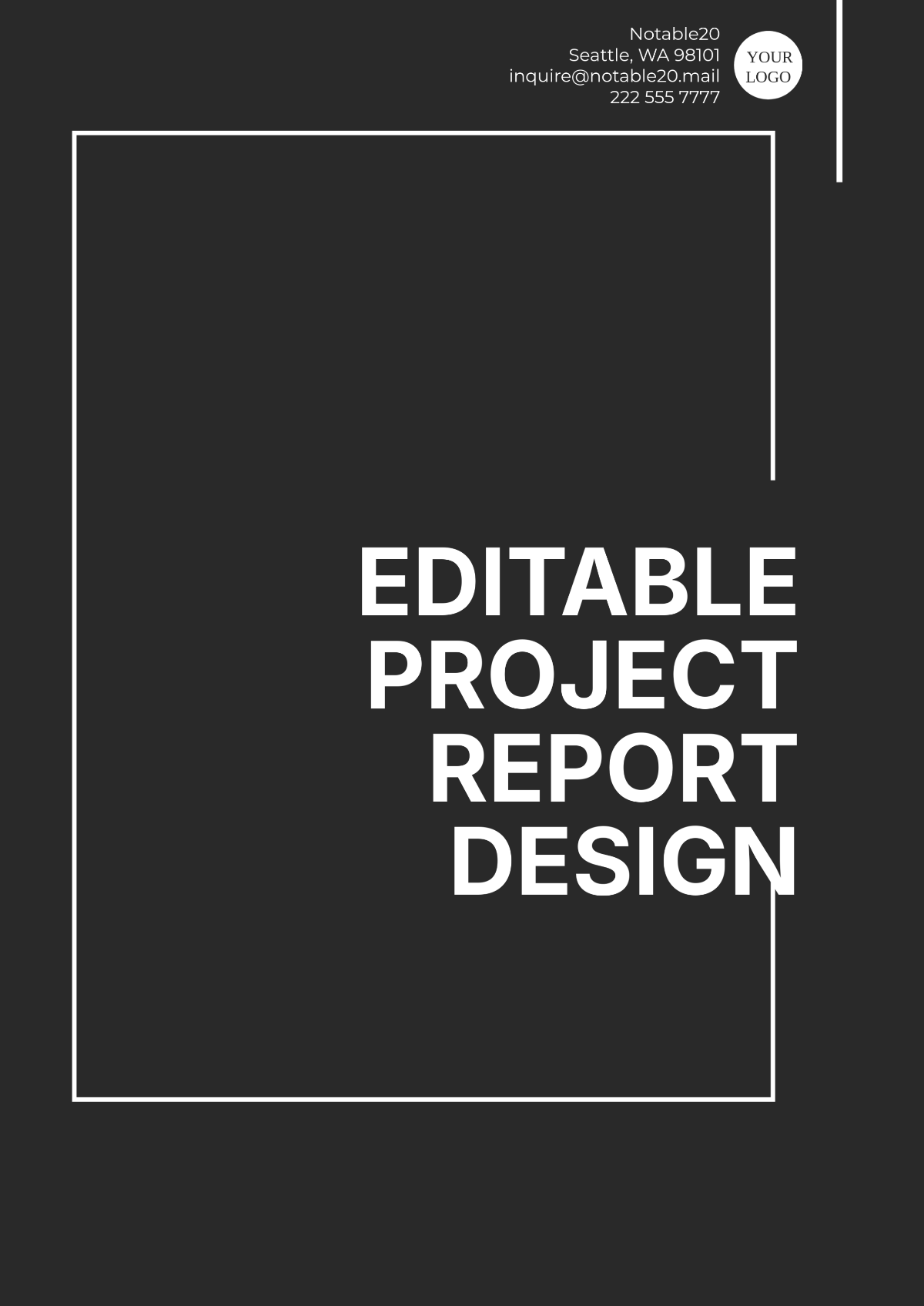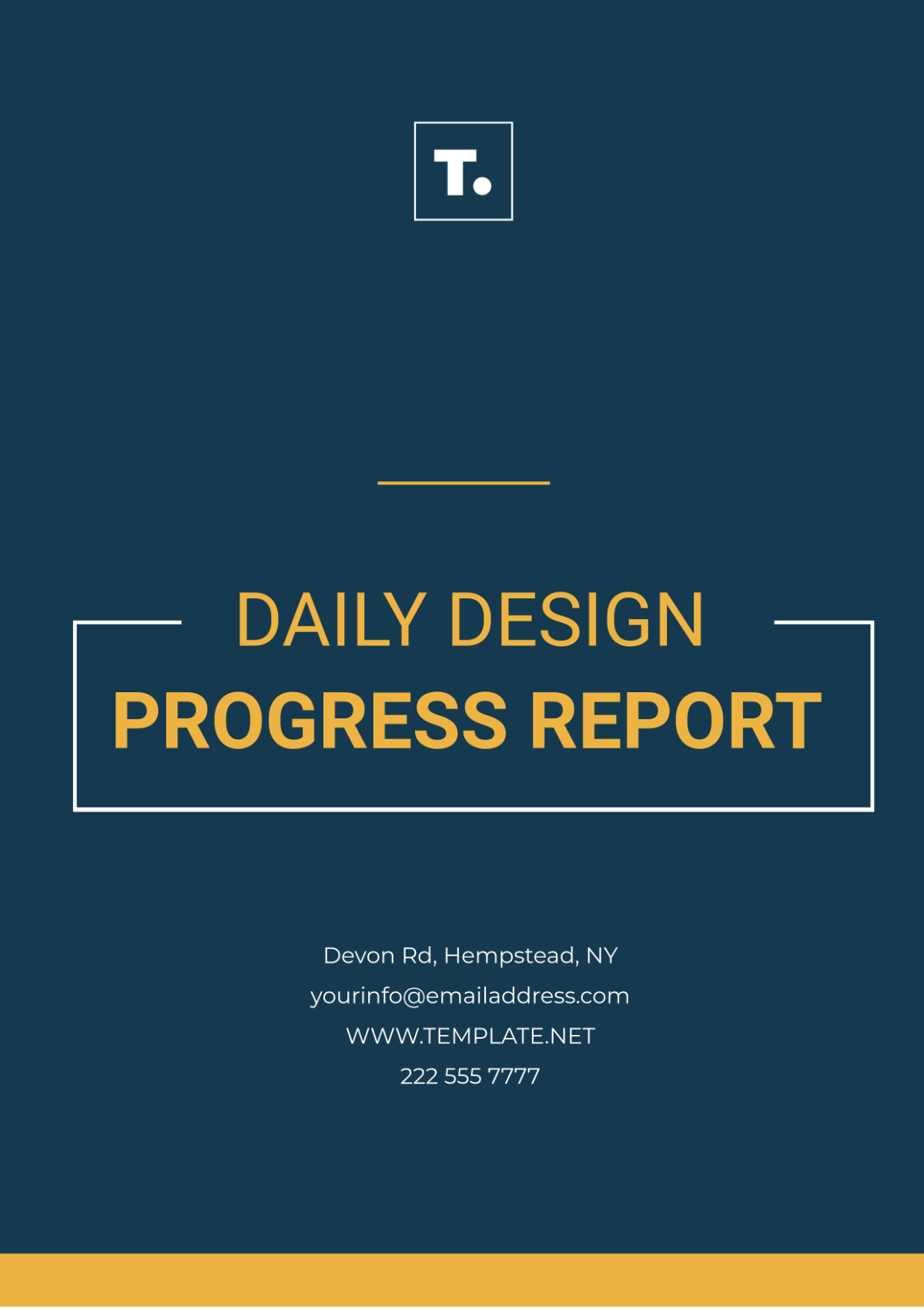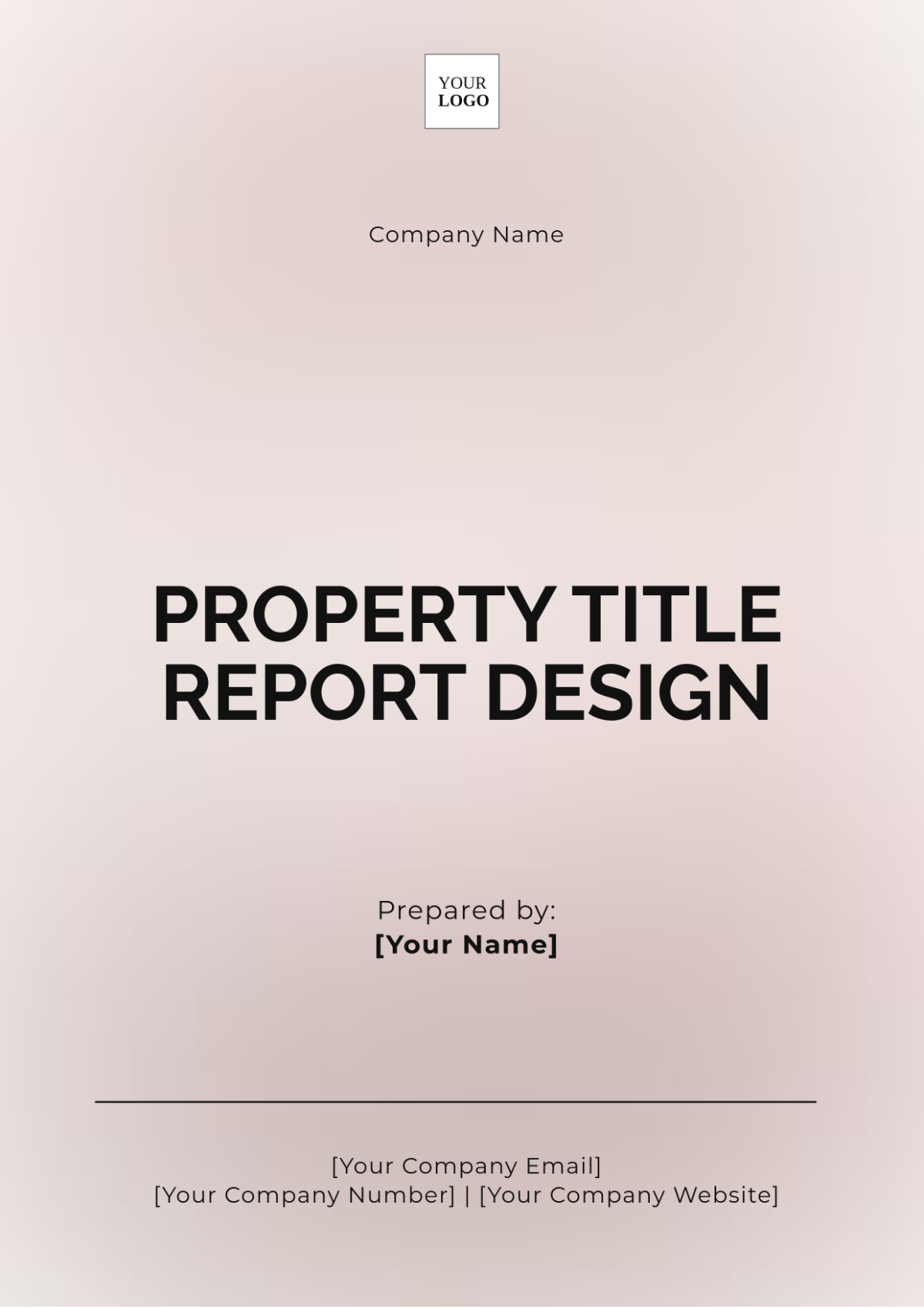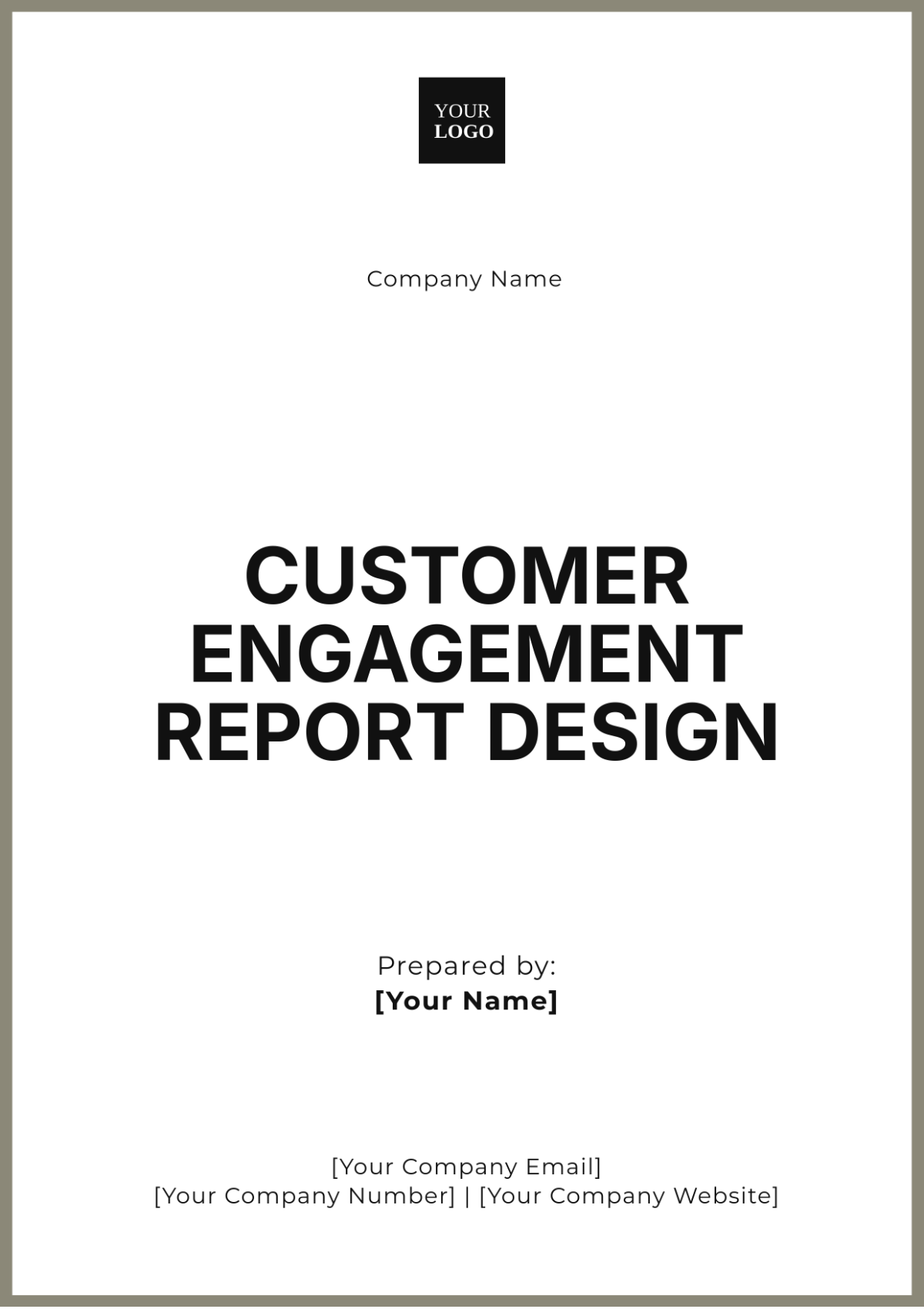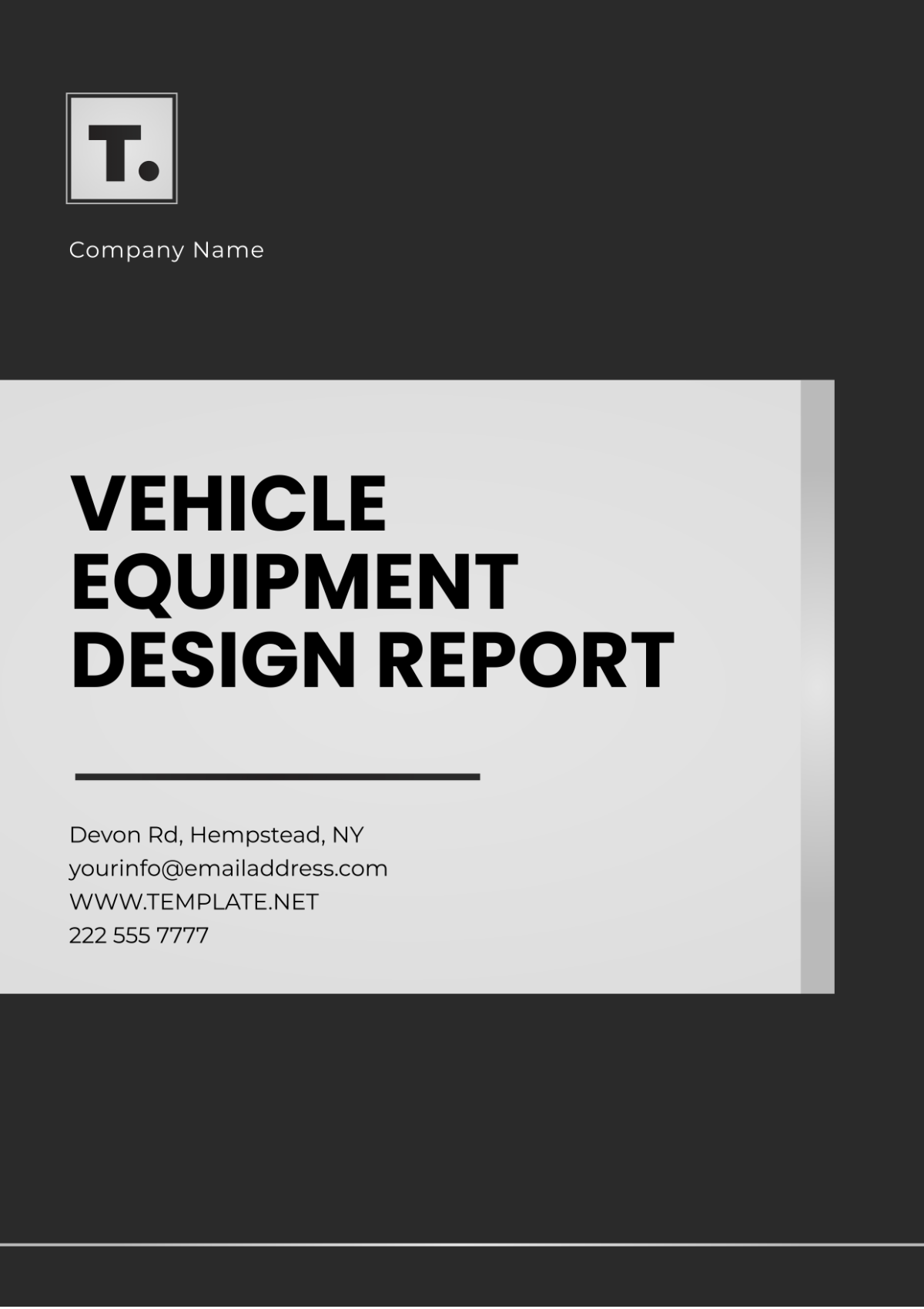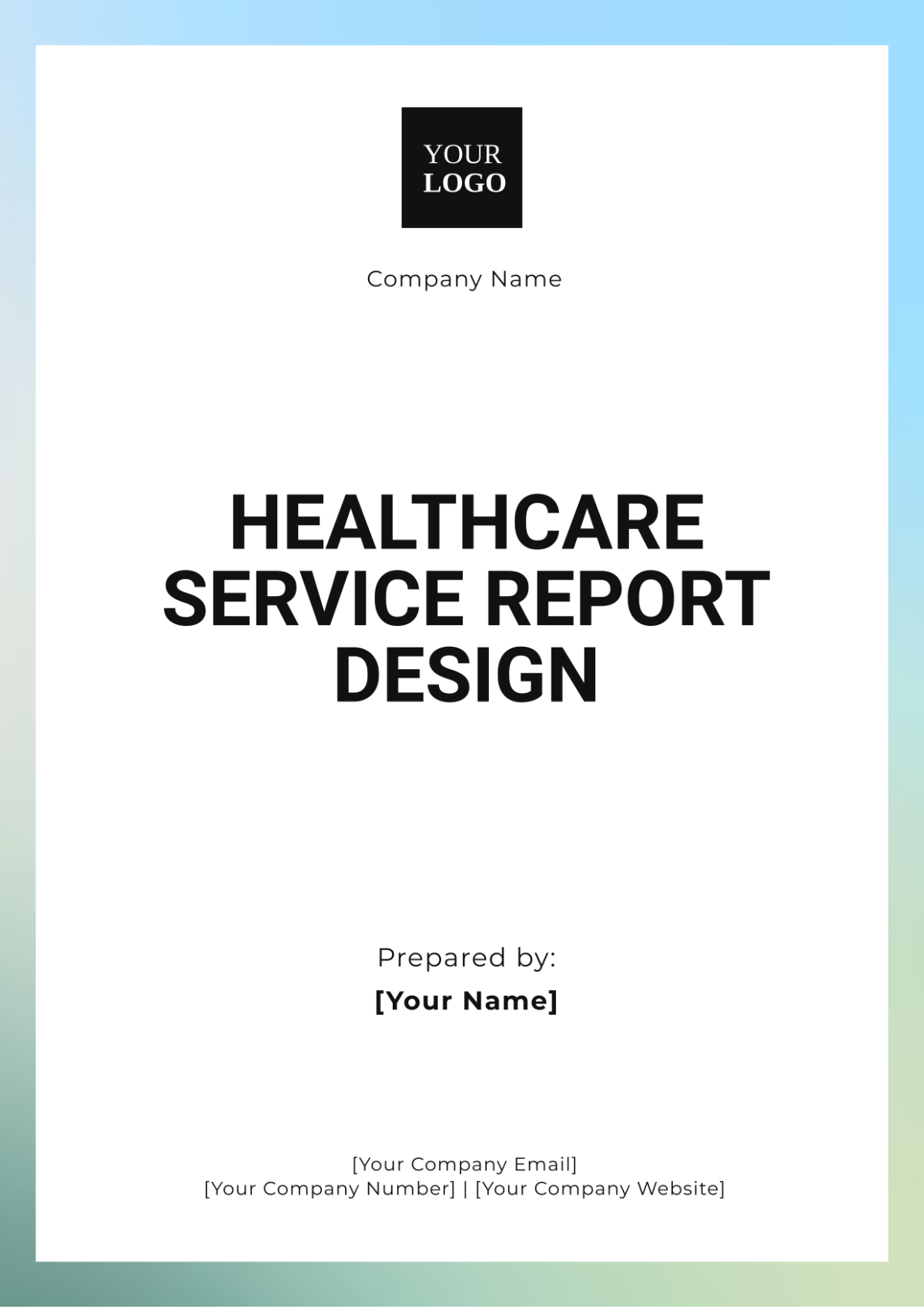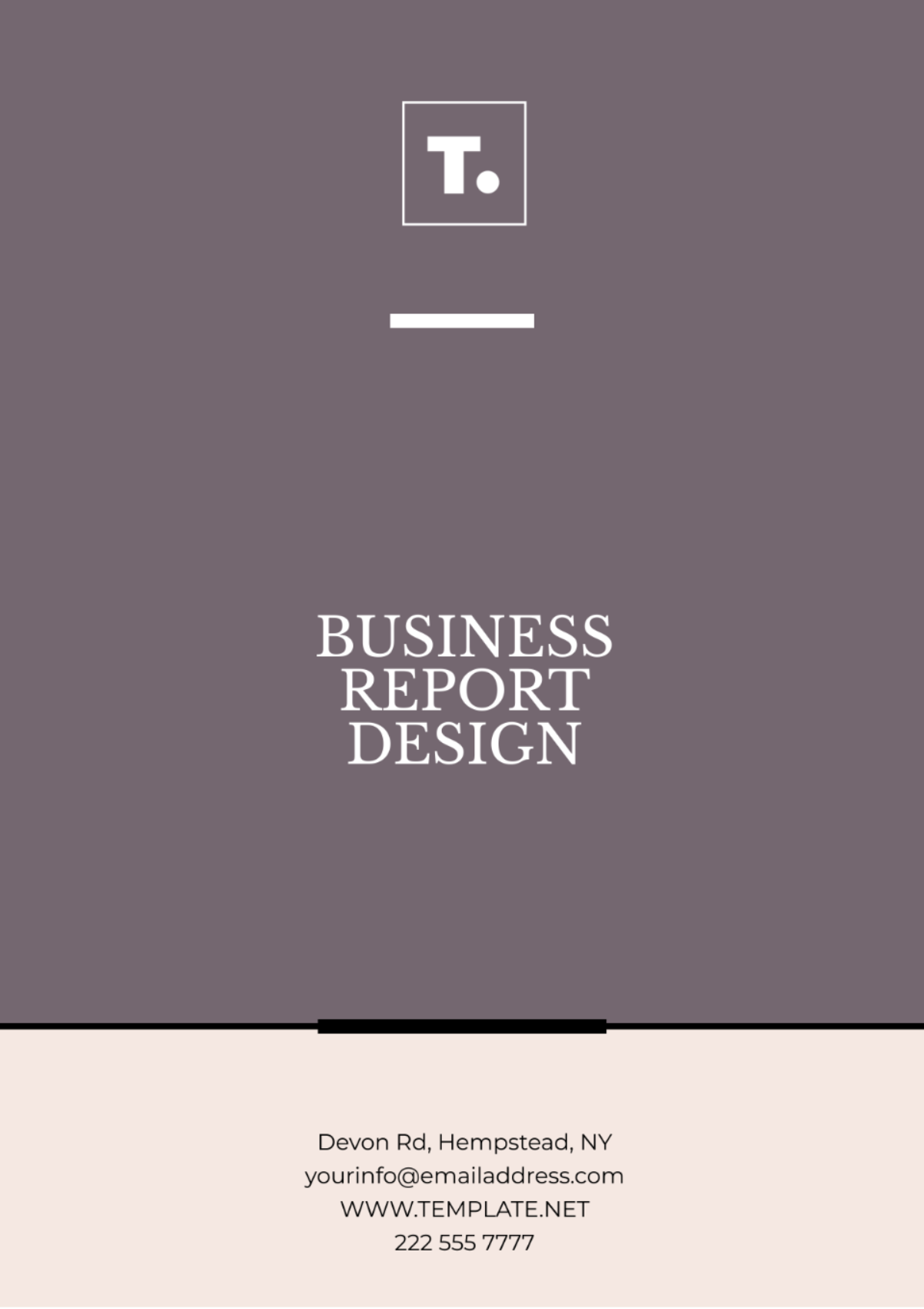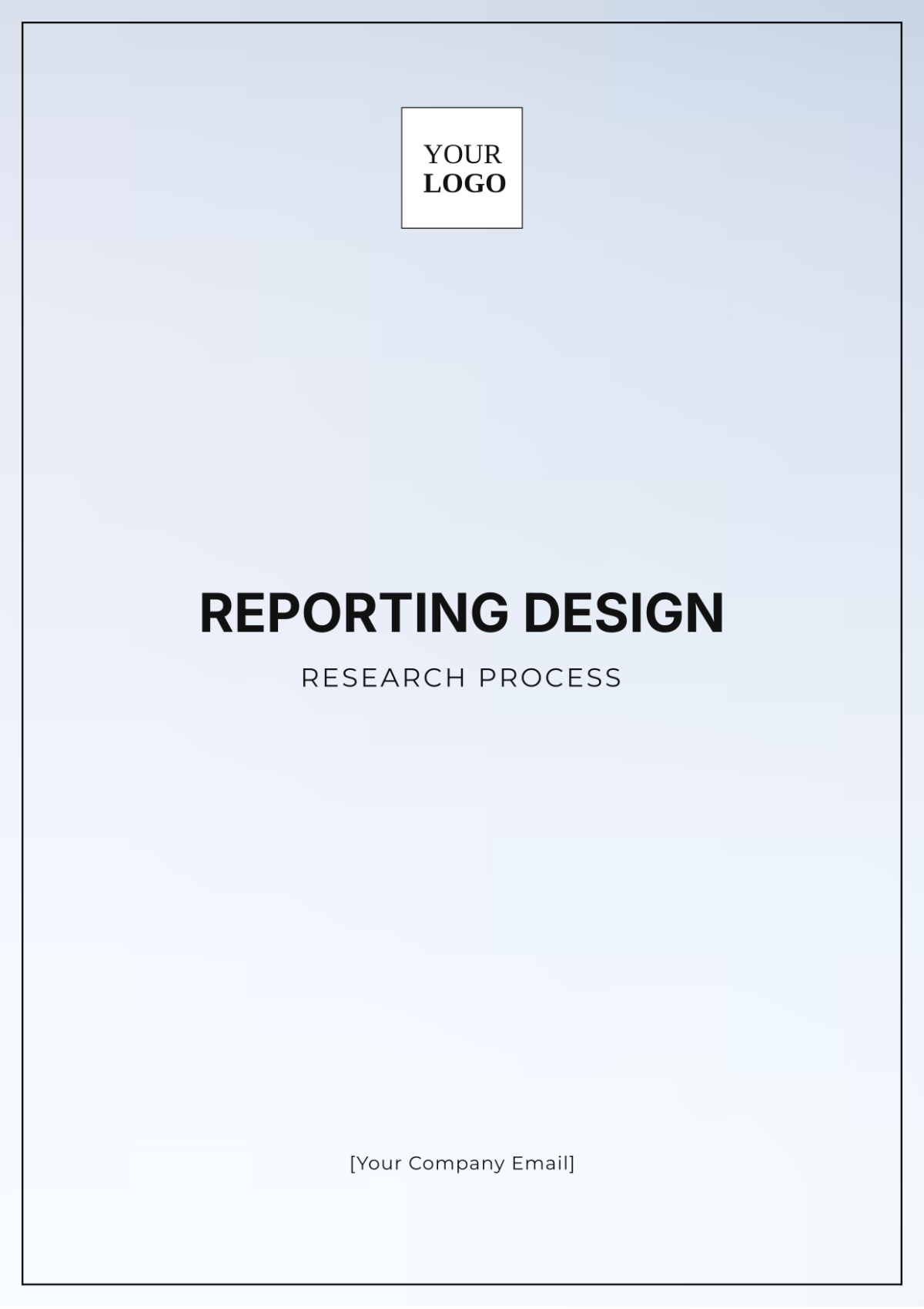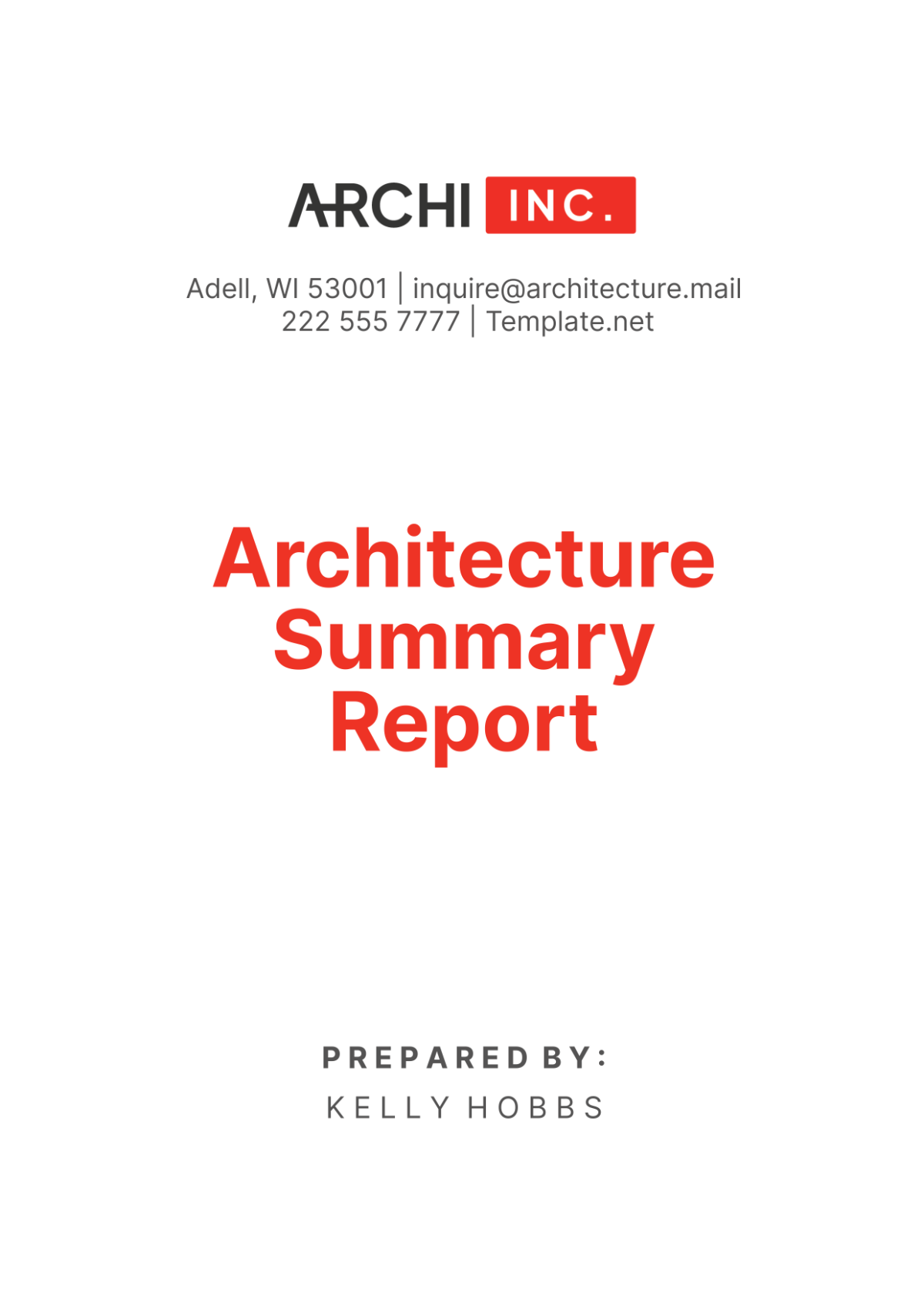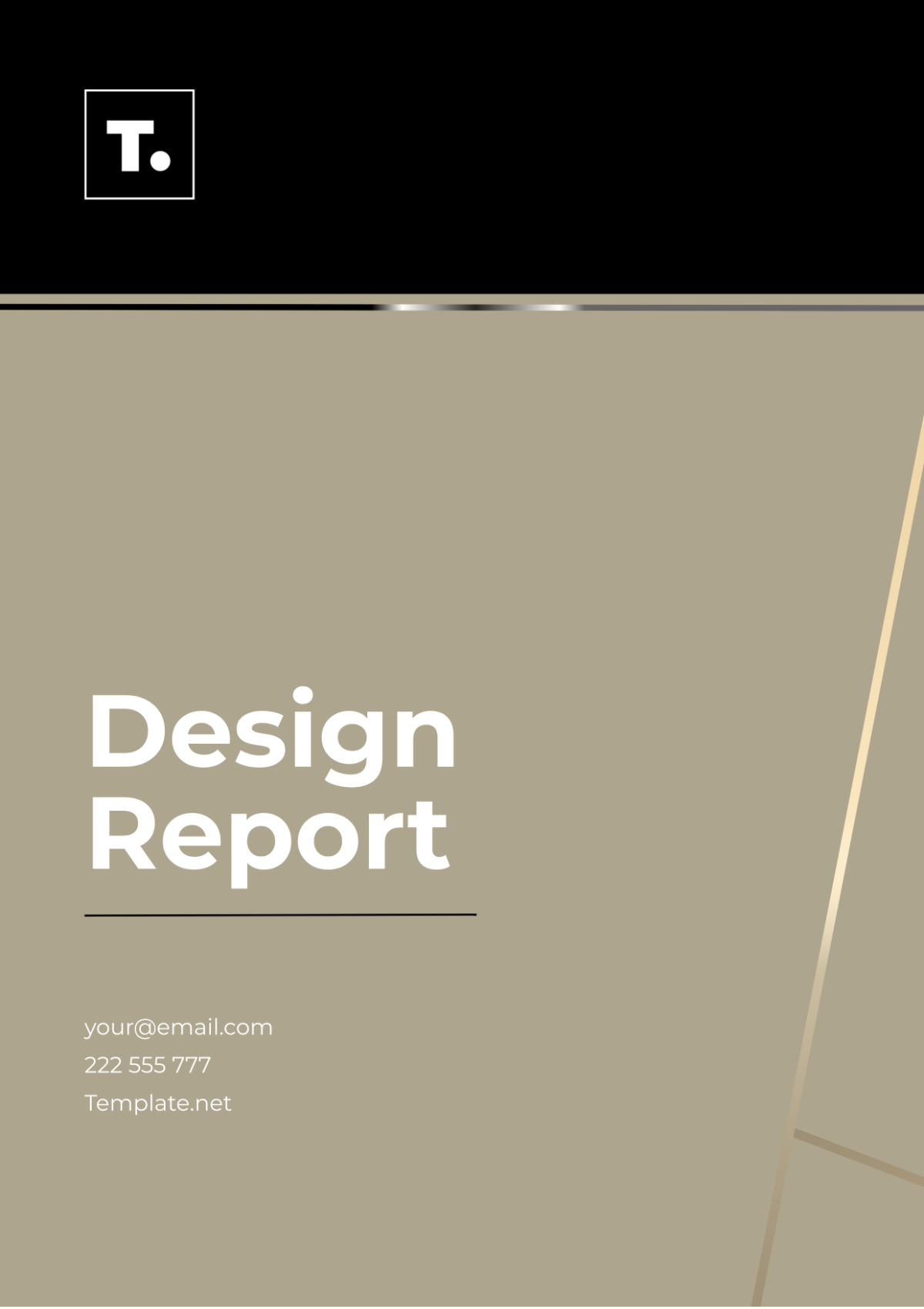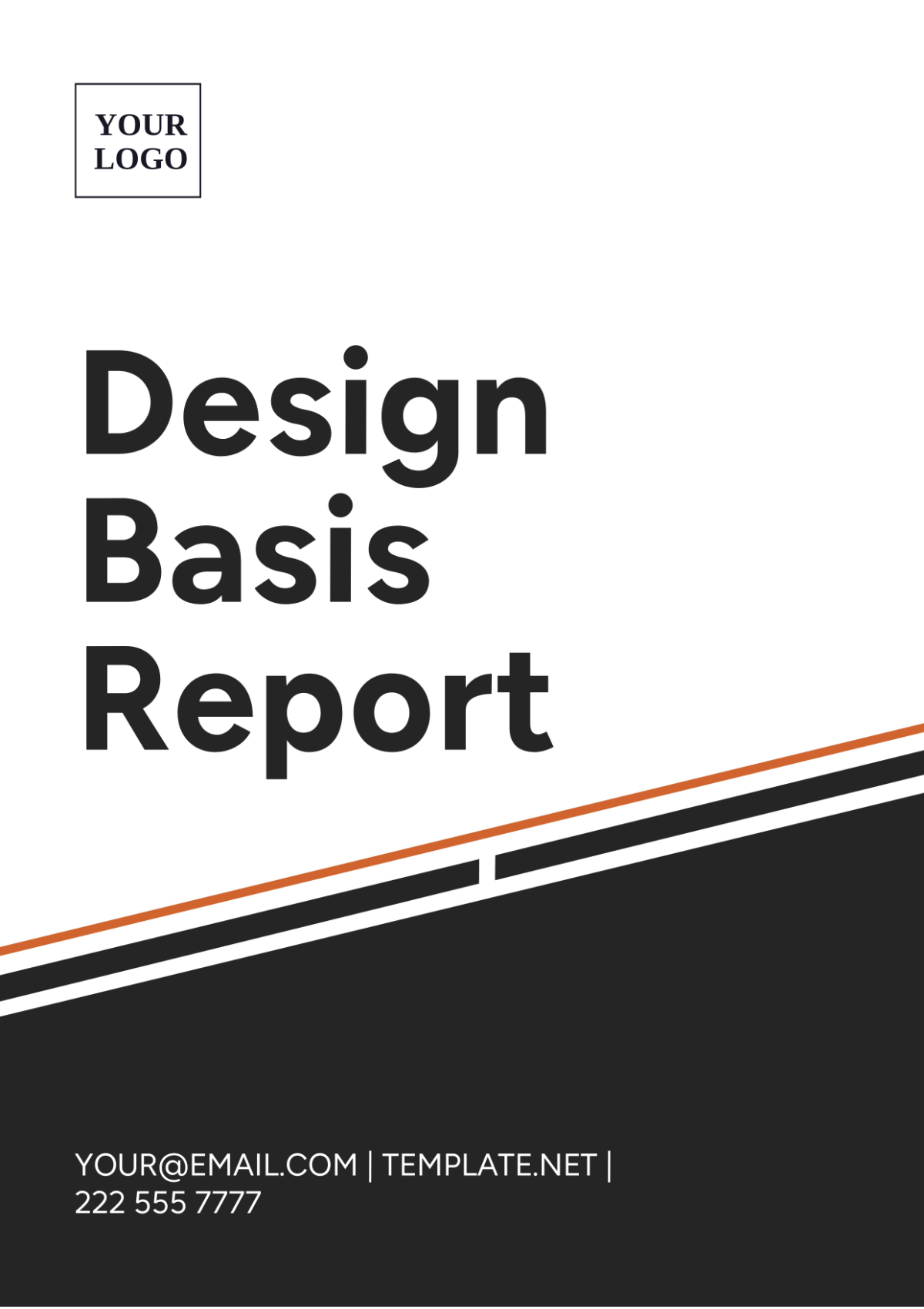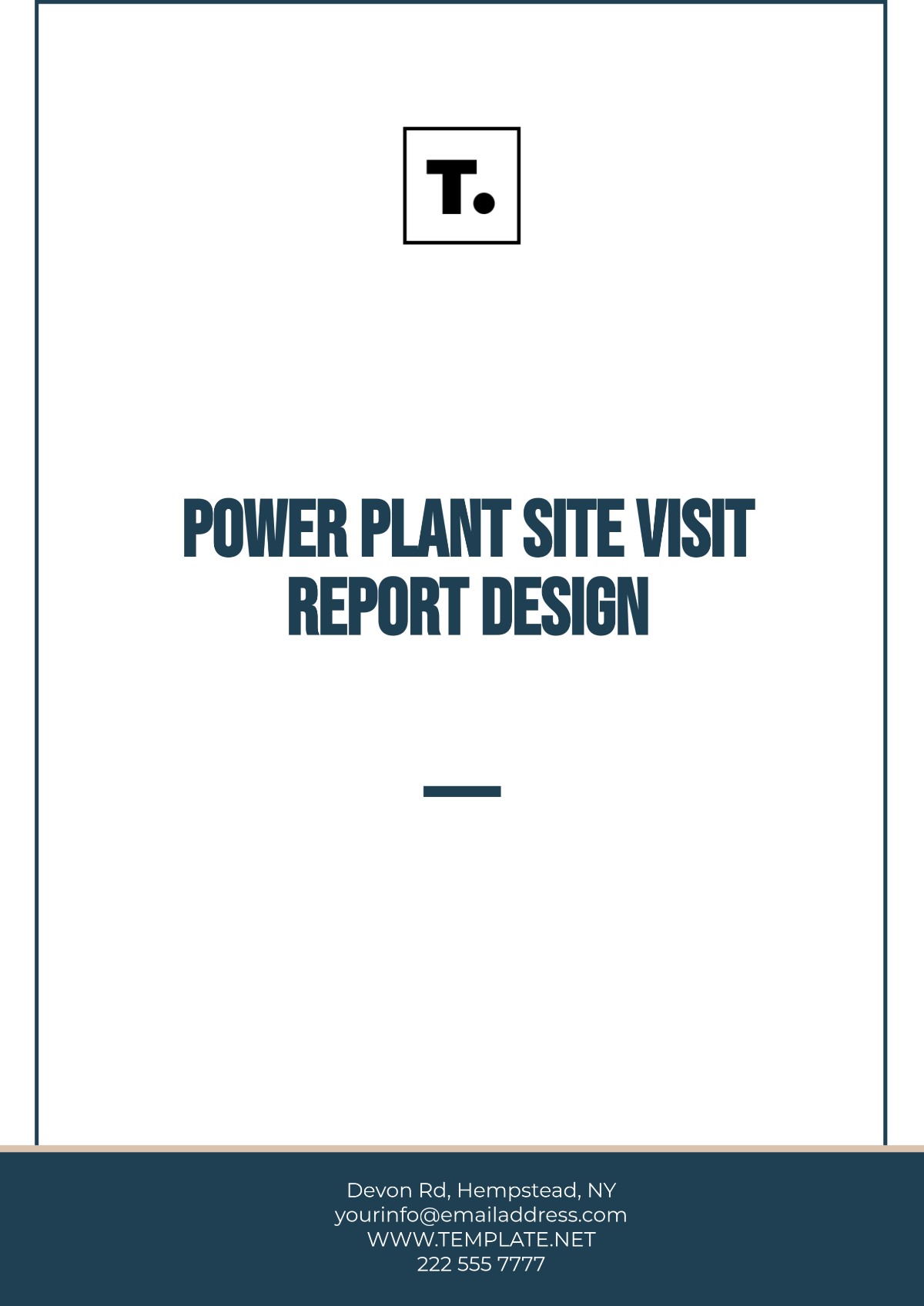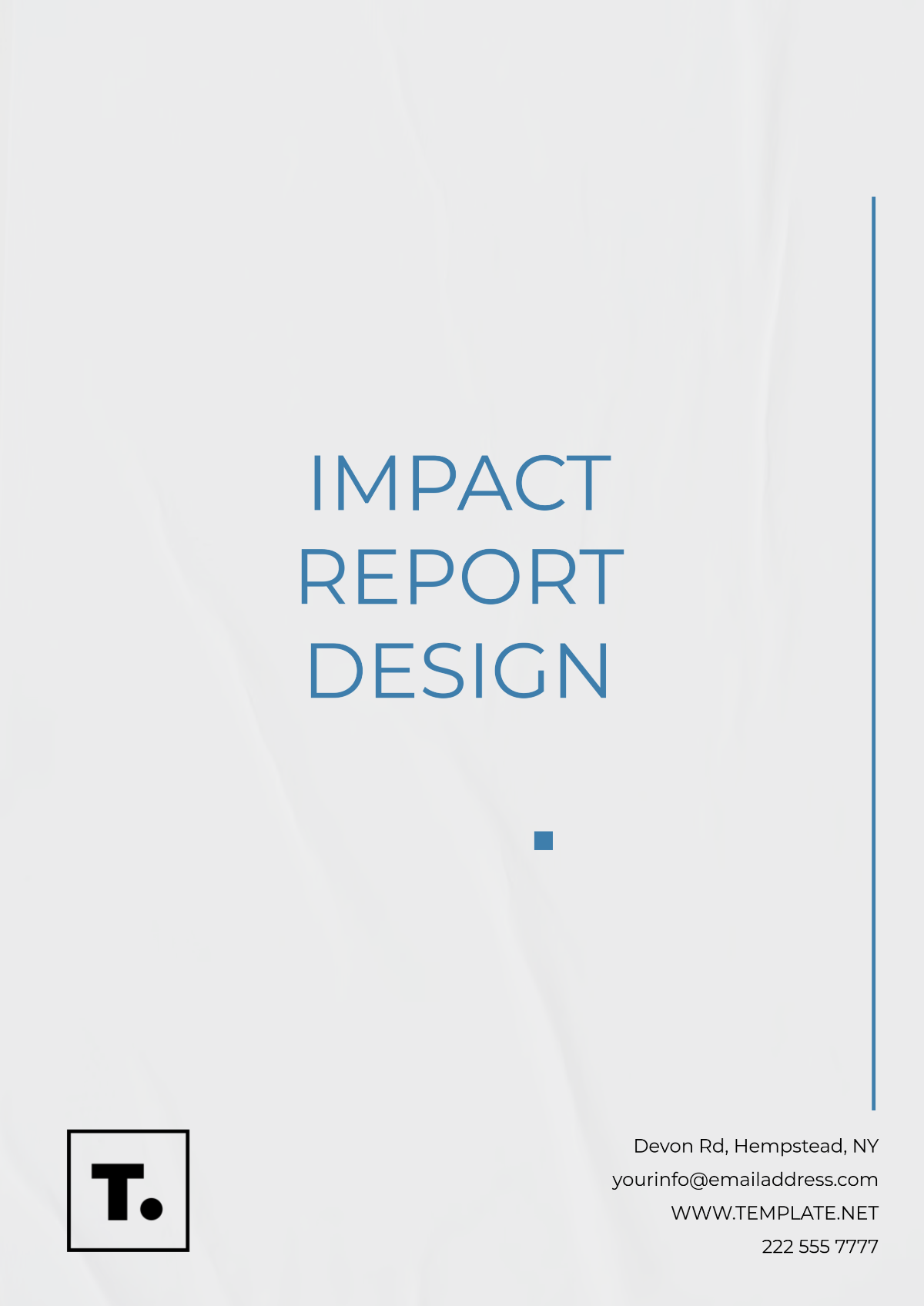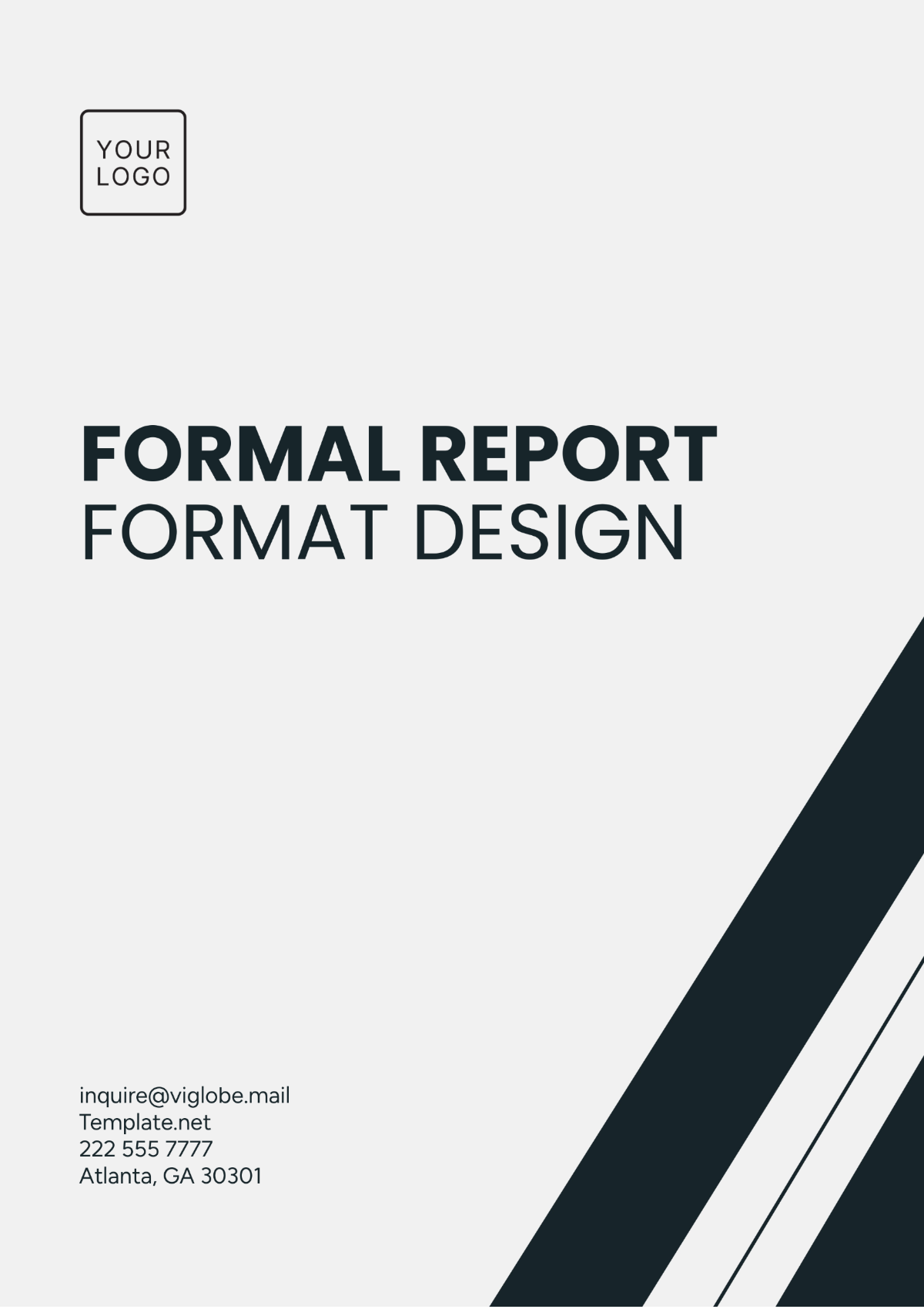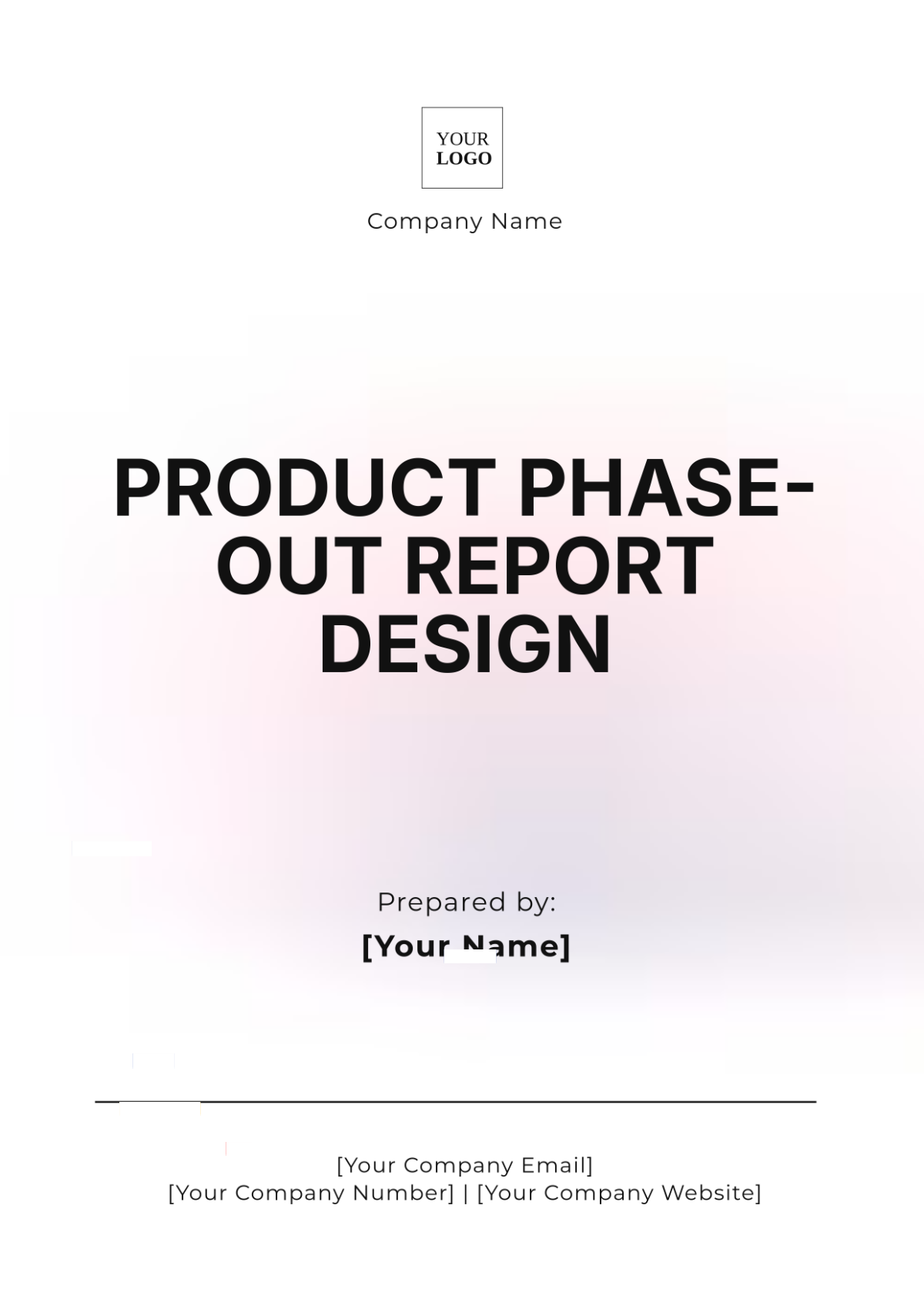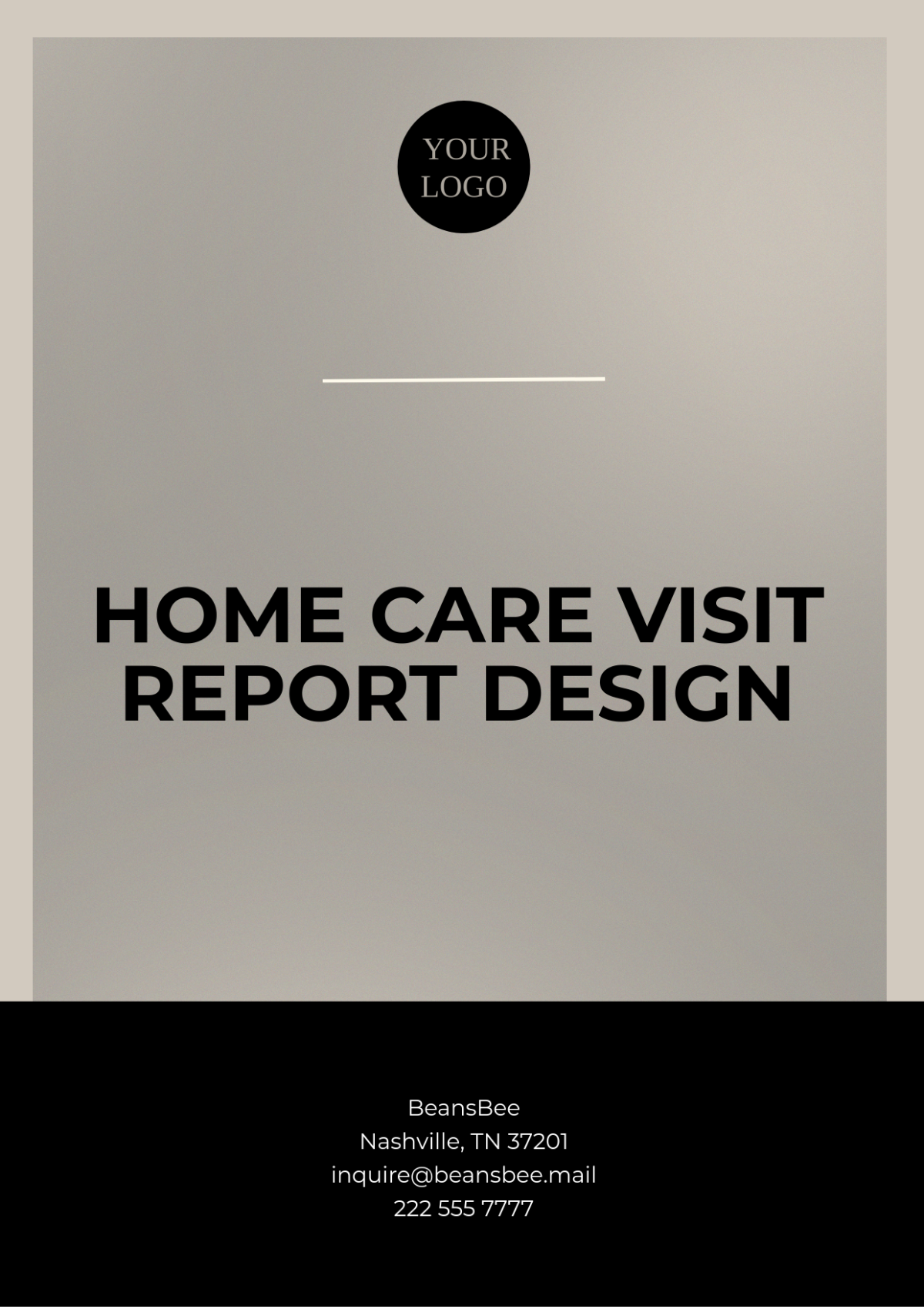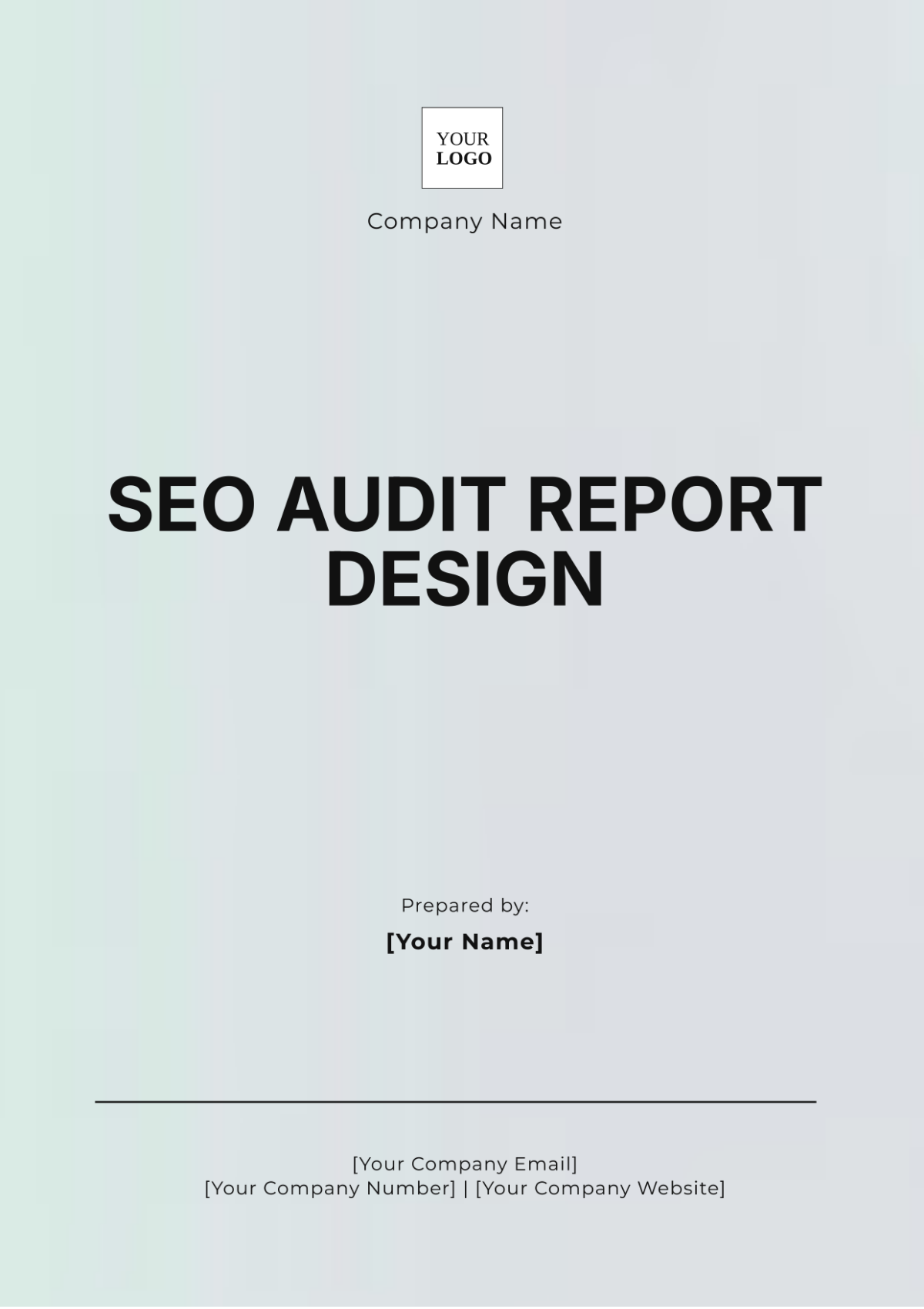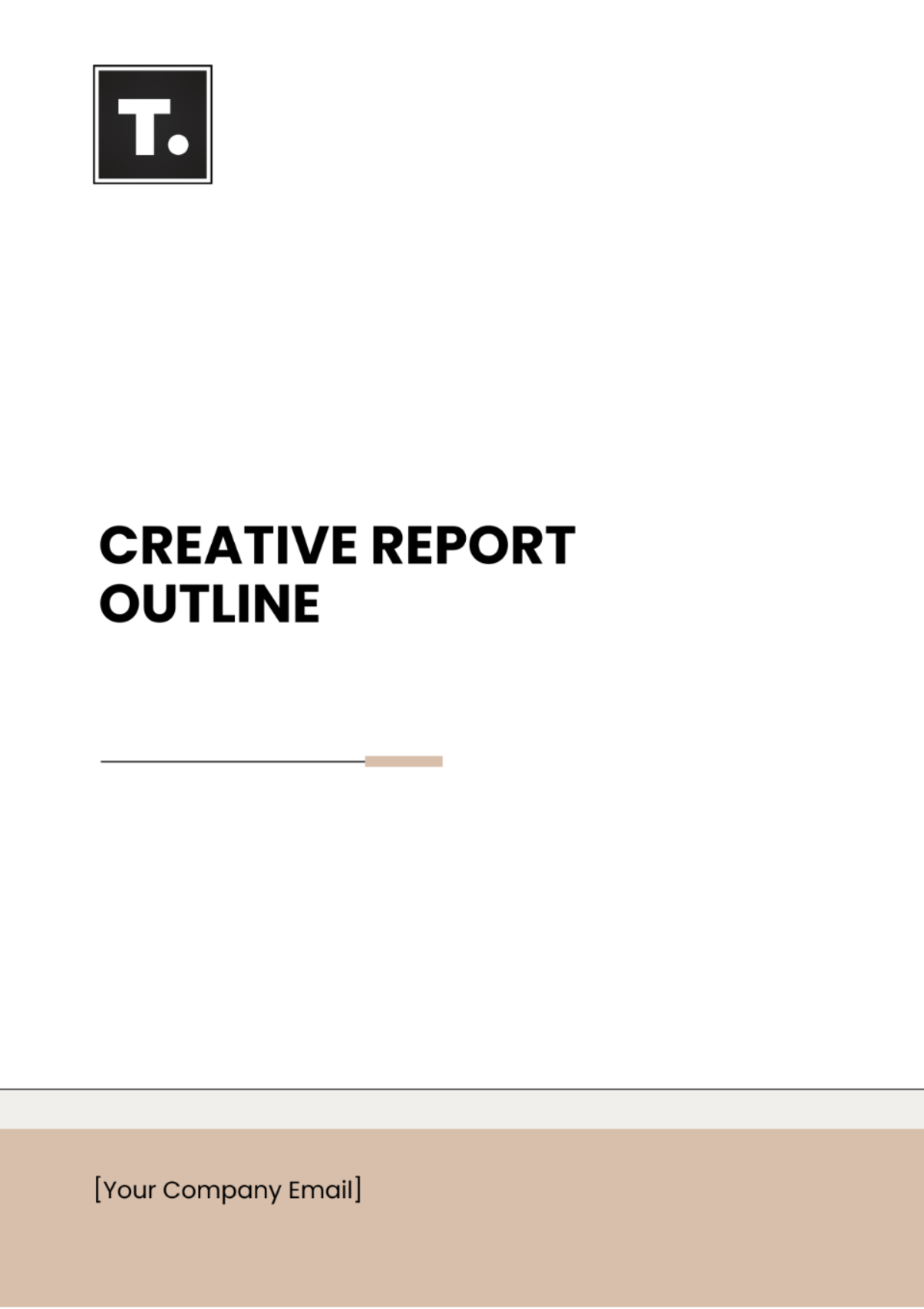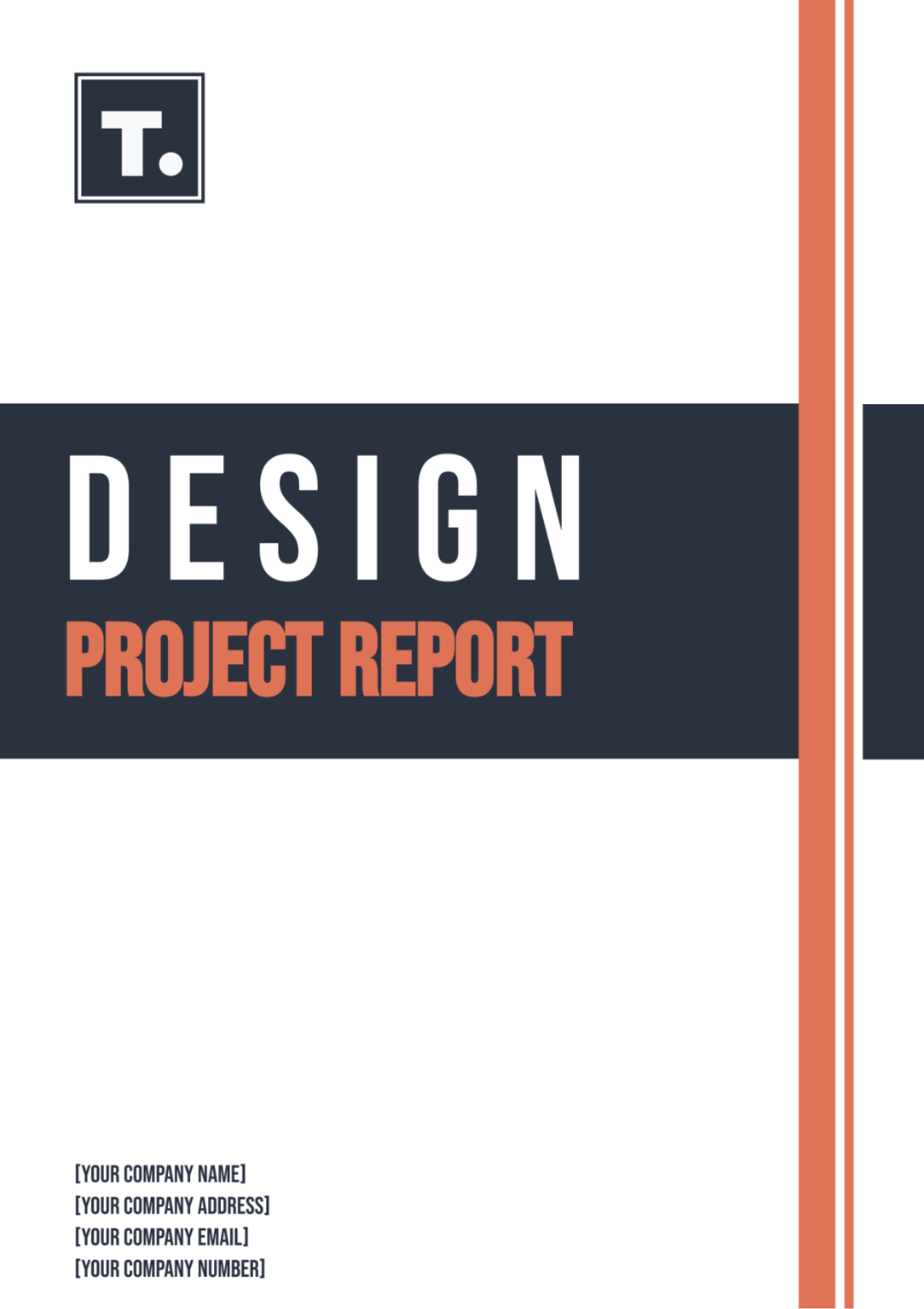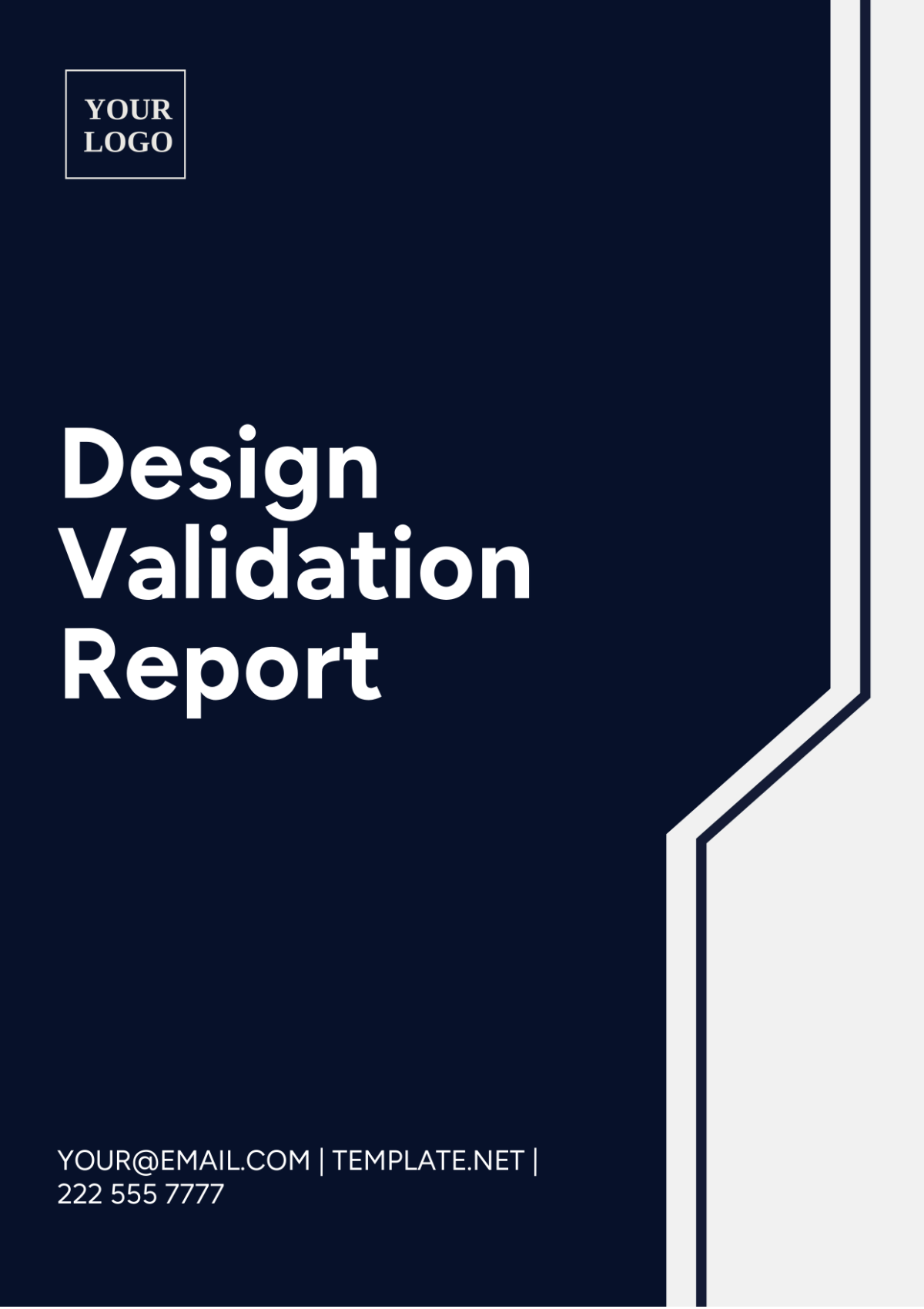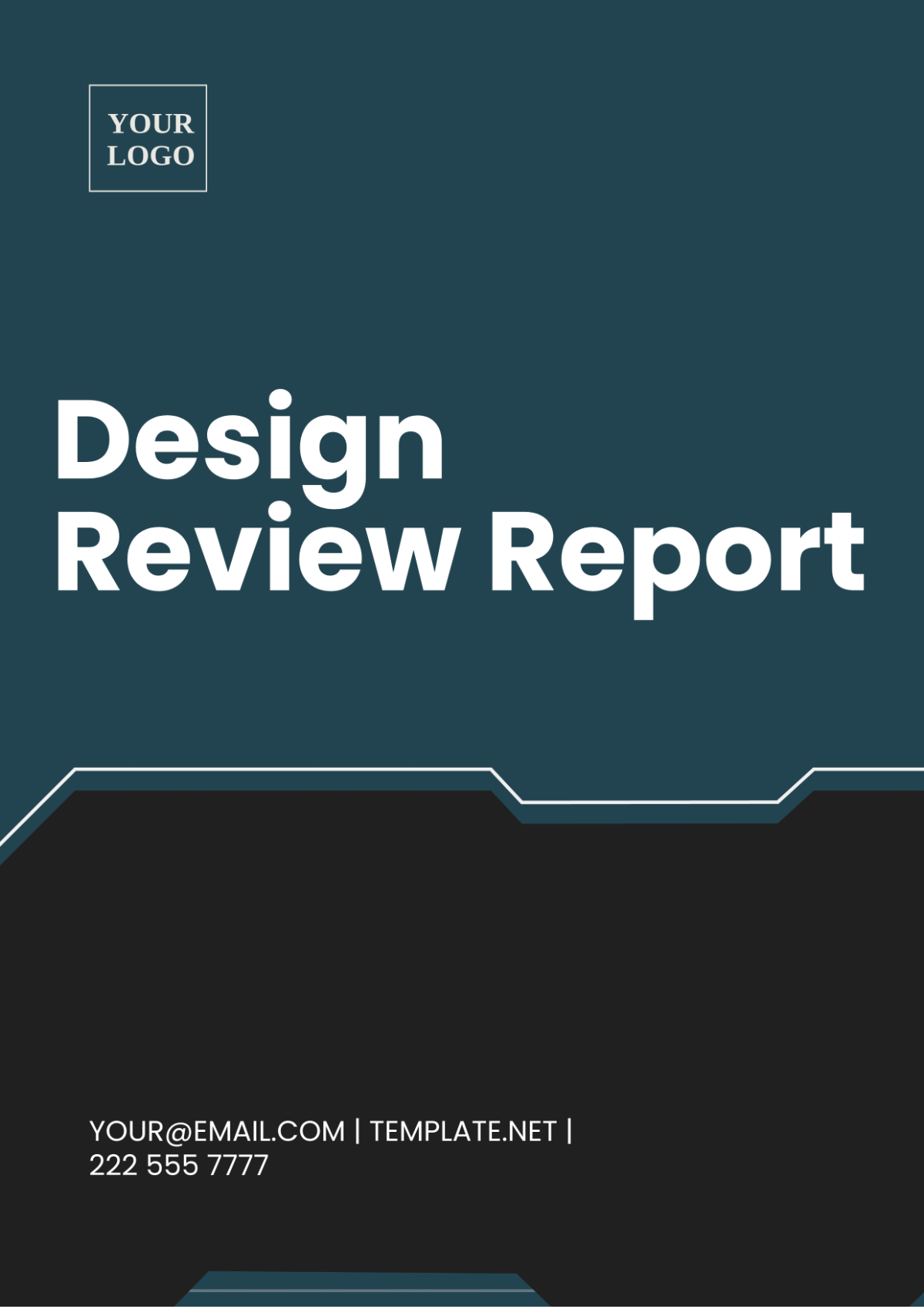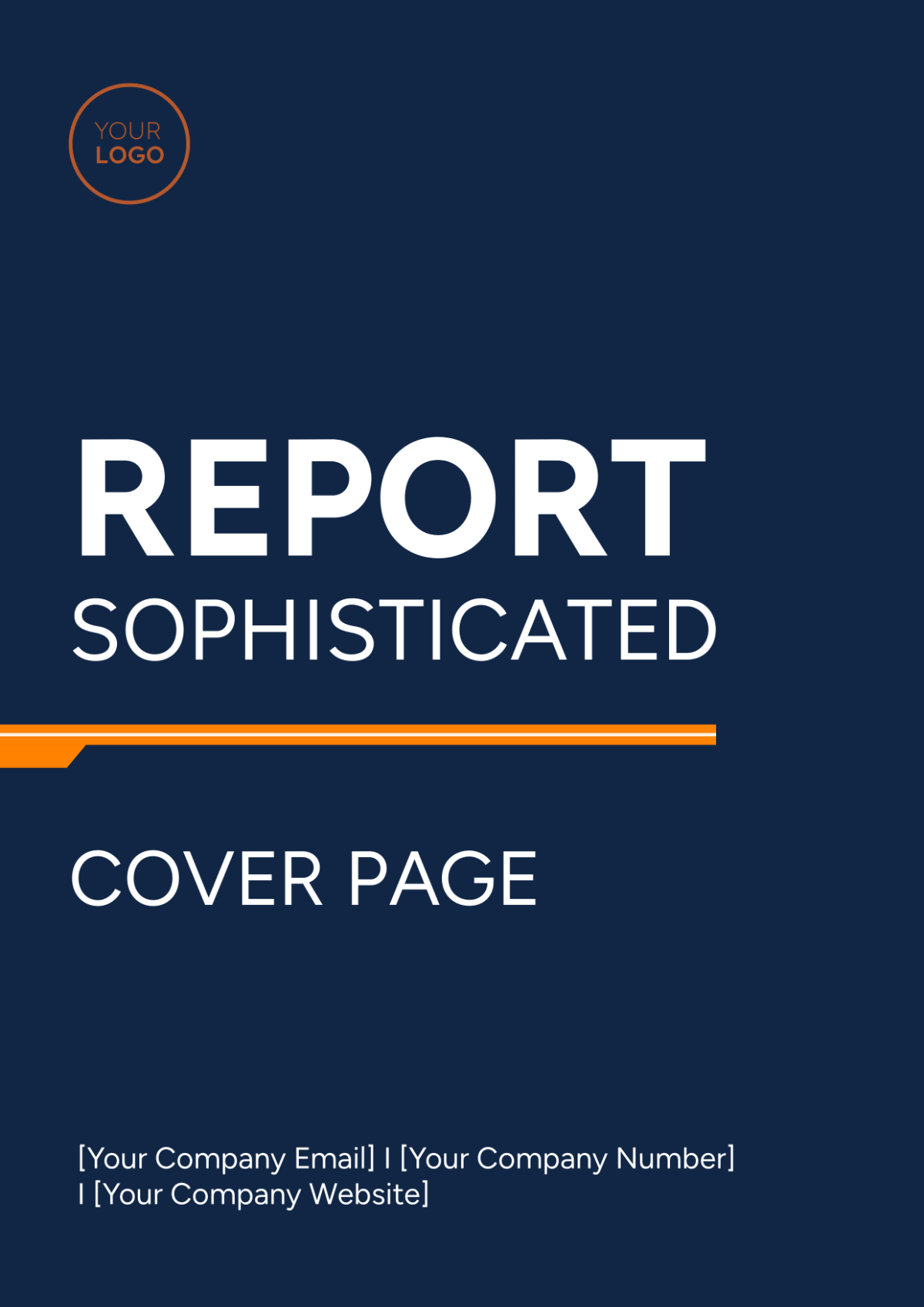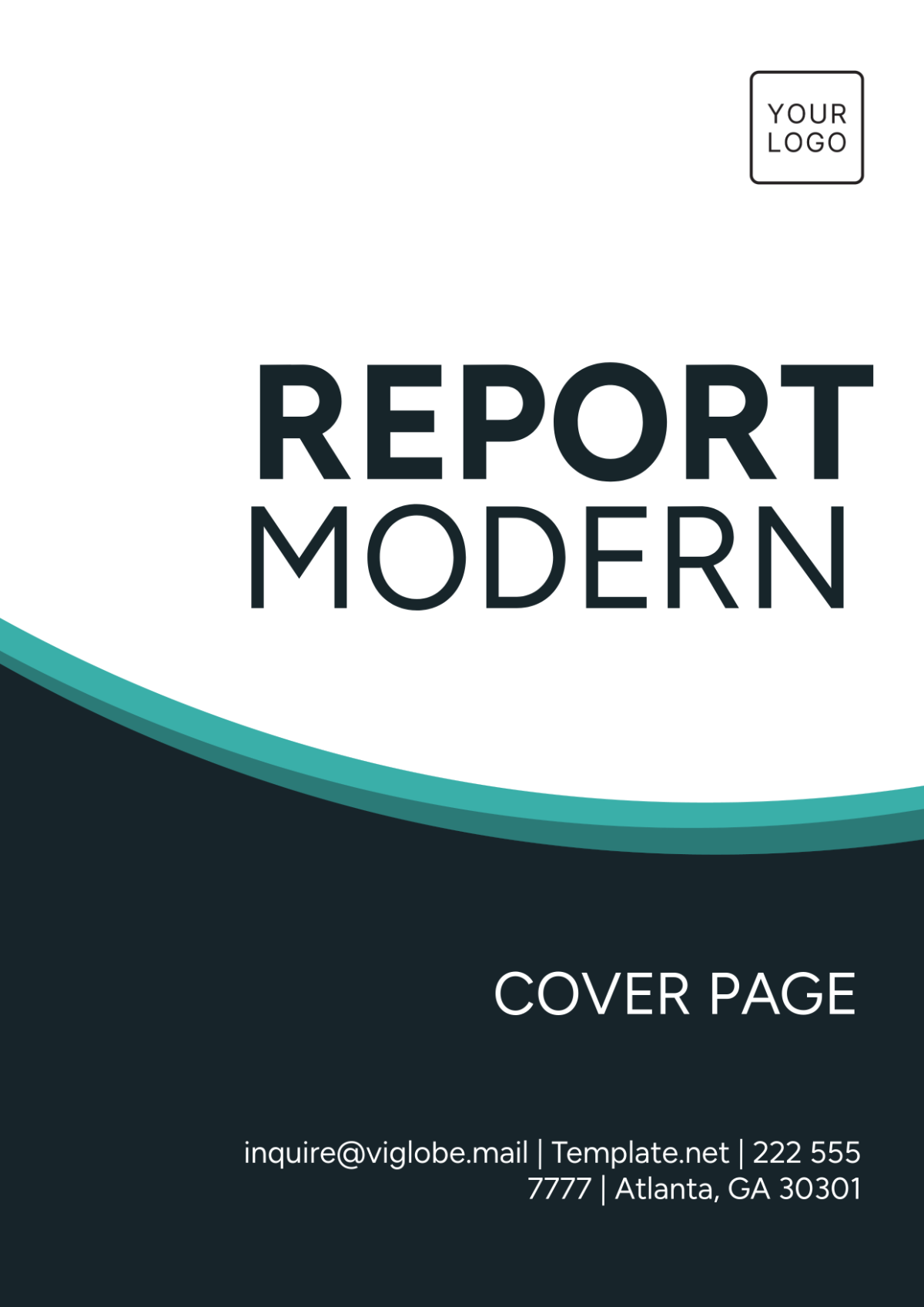I. Executive Summary
A. Purpose
The purpose of this Architecture Summary Report is to provide a comprehensive overview of the system architecture for the new platform developed by [Your Company Name]. This document is intended to serve as a detailed reference for stakeholders, including project sponsors, developers, and technical teams involved in the project. It aims to ensure that everyone has a clear understanding of the system's design, components, and operational requirements, facilitating informed decision-making throughout the project's lifecycle.
B. Scope
This report encompasses all architectural aspects of the project, from design principles and technology stack to system components and non-functional requirements. It outlines the implementation plan, including phases, milestones, and resource allocation, ensuring that the project progresses smoothly from inception to deployment. The scope also includes risk management strategies to mitigate potential issues that could impact the project.
C. Key Stakeholders
Project Sponsor: [Sponsor Name] is responsible for providing the overall vision and funding for the project, ensuring alignment with the company's strategic goals.
Project Manager: [Manager Name] oversees the project's progress, coordinates between teams, and ensures that milestones are met on time and within budget.
Lead Architect: [Architect Name] is in charge of defining the architectural vision, making critical design decisions, and ensuring that the architecture meets all technical and business requirements.
Development Team: Comprising [Team Members], this team is responsible for coding, testing, and deploying the system components as per the architectural guidelines.
Quality Assurance: [QA Team] ensures that the system meets the required quality standards through rigorous testing and validation processes.
II. Project Overview
A. Background
[Your Company Name] is initiating this project to develop a cutting-edge platform that significantly enhances user experience and operational efficiency. The need for this project arises from the growing demand for modern, scalable, and secure systems in the [Tech Industry]. Our current systems, while functional, lack the flexibility and advanced features necessary to support future growth and innovation. This project aims to address these gaps by leveraging the latest technologies and architectural best practices.
B. Objectives
The primary objectives of the project are multifaceted:
Develop a Scalable Platform: The new system must be capable of handling a growing number of users and transactions without performance degradation.
Ensure High Performance: The platform should deliver fast response times and efficient processing to provide a seamless user experience.
Enhance Security Measures: Advanced security protocols will be implemented to protect sensitive data and ensure compliance with industry standards.
Provide a Superior User Experience: The user interface will be designed to be intuitive and user-friendly, enhancing customer satisfaction and engagement.
III. Architectural Framework
A. Principles and Guidelines
The architecture is guided by several core principles to ensure a robust and adaptable system:
Modularity: The system is divided into distinct, manageable modules, each responsible for a specific function. This modularity simplifies maintenance and allows for easier updates and scaling.
Scalability: The design supports both vertical and horizontal scaling, enabling the system to handle increased loads by adding more resources or optimizing existing ones.
Security: Stringent security measures are embedded at every level of the architecture, from data encryption to access control, ensuring comprehensive protection against threats.
Performance: The system is optimized for high performance through efficient resource utilization, load balancing, and optimized code.
Maintainability: Best practices in coding, documentation, and testing are followed to ensure that the system is easy to maintain and update.
B. Architectural Patterns
Several architectural patterns are employed to achieve the desired system characteristics:
Microservices: The application is decomposed into loosely coupled, independently deployable services. This pattern enhances scalability and fault isolation, allowing individual services to be updated or scaled without impacting the entire system.
MVC (Model-View-Controller): This pattern is used to separate the application's concerns, making it easier to manage and extend. The model handles the data logic, the view manages the display, and the controller handles the input and updates the model.
Event-Driven Architecture: Events are used to trigger actions and communicate between services. This pattern supports asynchronous processing, improving system responsiveness and reliability.
C. Technology Stack
The chosen technology stack is selected to meet the project's performance, scalability, and security requirements:
Front-End: React.js is used for building dynamic and responsive user interfaces, while Redux manages the application state. HTML5 and CSS3 are employed for structuring and styling the web pages.
Back-End: Node.js provides a scalable server-side environment, with Express.js serving as the web application framework. This combination allows for efficient handling of asynchronous requests and high throughput.
Database: MongoDB is used for storing unstructured data due to its flexible schema design, while PostgreSQL handles relational data, ensuring ACID compliance and supporting complex queries.
Middleware: RabbitMQ and Kafka facilitate message queuing and real-time data streaming, ensuring reliable communication between microservices and supporting event-driven processes.
Security: OAuth2 and JWT are used for secure authentication and authorization, while SSL/TLS ensures encrypted data transactions.
Component | Technology | Description |
|---|---|---|
Front-End | React.js | Library for building user interfaces |
State Management | Redux | State container for JavaScript apps |
Back-End | Node.js | JavaScript runtime for server-side programming |
Framework | Express.js | Web application framework for Node.js |
Database | MongoDB | NoSQL database for unstructured data |
Database | PostgreSQL | Relational database for structured data |
Middleware | RabbitMQ | Message broker for communication between services |
Security | OAuth2, JWT | Protocols for secure authentication and authorization |
IV. System Components
A. Front-End Architecture
The front-end architecture is designed to provide a rich user experience with high interactivity and responsiveness. React.js is used to build the user interface, enabling the creation of reusable UI components and efficient rendering. Redux is employed for state management, ensuring a predictable and consistent state across the application. The front-end communicates with the back-end via RESTful APIs and WebSockets, enabling real-time data updates and interactive features.
B. Back-End Architecture
The back-end architecture is based on a microservices model, where each service is designed to handle specific business functions. Node.js and Express.js are used to create lightweight and efficient server-side applications. The microservices communicate through an API gateway, which manages routing and load balancing. This architecture allows for independent development, deployment, and scaling of services, enhancing the system's flexibility and resilience.
C. Database Design
The database design includes both NoSQL and SQL databases to cater to different data storage needs. MongoDB is chosen for its flexibility in handling unstructured data, making it suitable for use cases where the data schema evolves frequently. PostgreSQL is selected for structured data storage, offering robust support for transactions, complex queries, and data integrity. The combination of these databases ensures that the system can handle a wide variety of data types efficiently.
D. Integration and Middleware
Integration and middleware components play a crucial role in ensuring smooth communication and data flow between different parts of the system. RabbitMQ is used as a message broker to manage message queues, ensuring reliable delivery of messages between services. Kafka is employed for real-time data streaming, enabling the system to process and analyze large volumes of data in real-time. These middleware solutions support the event-driven architecture, enhancing the system's responsiveness and scalability.
E. Security Architecture
Security is integrated into every layer of the architecture to protect against threats and ensure data privacy. OAuth2 and JWT are implemented for authentication and authorization, providing secure access control. SSL/TLS encryption is used for all data transactions, protecting data in transit from interception and tampering. Intrusion detection systems are deployed to monitor and alert for any suspicious activities, ensuring timely responses to potential security incidents.
V. Non-Functional Requirements
A. Performance
The system is designed to deliver high performance, capable of handling up to [00,000] concurrent users with a response time of under [0.5] seconds for 95% of transactions. Performance optimization techniques, such as load balancing, caching, and efficient query design, are employed to minimize latency and ensure quick response times.
B. Scalability
Scalability is achieved through both vertical and horizontal scaling strategies. The system can scale vertically by adding more powerful resources to existing servers and horizontally by adding more servers to the cluster. Auto-scaling groups are configured to adjust resources dynamically based on traffic patterns, ensuring that the system can handle varying loads without performance degradation.
C. Reliability
Reliability is ensured through redundant systems and failover mechanisms. The system is designed for high availability, with an expected uptime of [99.9]%. Regular backups and disaster recovery plans are in place to protect against data loss and ensure quick recovery in case of failures. Monitoring tools are used to track system performance and health, enabling proactive maintenance and issue resolution.
D. Maintainability
Maintainability is ensured through clear coding practices, comprehensive documentation, and automated testing. The codebase follows industry best practices, including modularization, code reusability, and separation of concerns, making it easier to understand, update, and maintain. Extensive documentation, including code comments, API documentation, and architecture diagrams, provides a reference for developers and administrators. Continuous Integration/Continuous Deployment (CI/CD) pipelines are established to automate the build, test, and deployment processes, reducing the risk of human error and ensuring consistent quality across releases.
E. Usability
Usability is a key focus area in the design of the system, aimed at providing an intuitive and seamless user experience. User interfaces are designed following UX/UI best practices, with a focus on simplicity, clarity, and consistency. User feedback is collected through usability testing and incorporated into iterative design improvements. Accessibility features are implemented to ensure that the system is usable by all users, including those with disabilities. Regular usability audits and user feedback sessions are conducted to identify areas for improvement and enhance overall usability.
VI. Implementation Plan
A. Phases and Milestones
The implementation plan is structured into several phases, each with specific objectives and milestones:
Phase 1: Requirements Gathering and Analysis (Q1 2050): Define project requirements, gather stakeholder input, and conduct feasibility studies.
Phase 2: System Design and Prototyping (Q2 2050): Develop architectural designs, create prototypes, and validate technical feasibility.
Phase 3: Development and Unit Testing (Q3-Q4 2050): Code development, unit testing, and integration of system components.
Phase 4: Integration and System Testing (Q1 2051): Integrate individual modules, conduct system testing, and validate end-to-end functionality.
Phase 5: Deployment and Go-Live (Q2 2051): Deploy the system to production environment, conduct user training, and transition to operational mode.
B. Resource Allocation
Resource allocation is critical for the successful execution of the project. The following resources will be allocated across phases:
[0] Project Managers: Responsible for overall project planning, coordination, and stakeholder management.
[0] Lead Architect: Guides architectural decisions, oversees technical implementation, and ensures alignment with project objectives.
[0] Front-End Developers: Develop user interfaces, implement client-side logic, and ensure cross-browser compatibility.
[0] Back-End Developers: Design and implement server-side logic, develop APIs, and integrate with databases and external systems.
[0] Database Administrators: Manage database infrastructure, optimize performance, and ensure data integrity and security.
[0] QA Engineers: Develop test plans, execute test cases, and ensure the quality and reliability of the system.
C. Risk Management
Risk management is essential for identifying, assessing, and mitigating potential risks that could impact the project's success. Key risks and mitigation strategies include:
Technical Challenges: Addressed through thorough analysis, prototyping, and consultation with subject matter experts.
Resource Constraints: Mitigated by cross-training team members, outsourcing non-core activities, and proactive resource management.
Scope Creep: Managed through effective change control processes, regular communication with stakeholders, and prioritization of requirements based on business value.
VII. Conclusion
A. Summary of Benefits
The new platform developed by [Your Company Name] offers significant benefits, including enhanced performance, scalability, security, and usability. By adopting modern architectural principles and leveraging advanced technologies, the platform delivers a superior user experience and positions [Your Company Name] as a leader in the [Tech Industry]. The architecture provides a solid foundation for future growth and innovation, enabling [Your Company Name] to meet evolving customer needs and stay ahead of the competition.
B. Future Considerations
As technology continues to evolve, [Your Company Name] will explore opportunities to further enhance the platform's capabilities. Future considerations may include the integration of artificial intelligence and machine learning for advanced analytics, the adoption of emerging technologies such as blockchain and IoT, and ongoing enhancements to security measures to address evolving threats. Continuous monitoring of industry trends and customer feedback will inform strategic decisions and ensure that the platform remains at the forefront of innovation.


